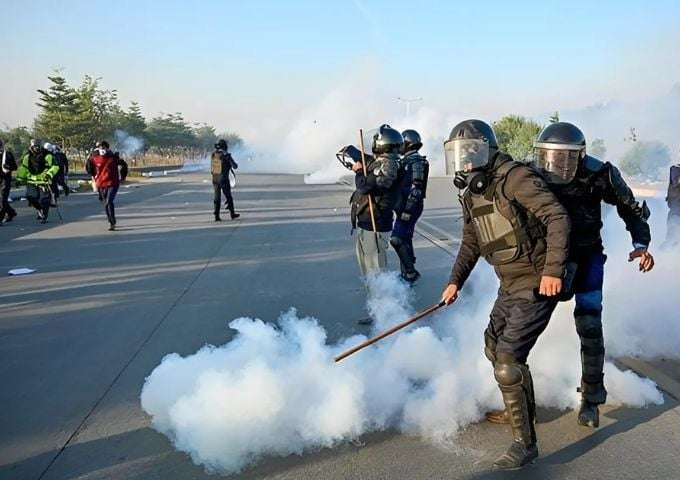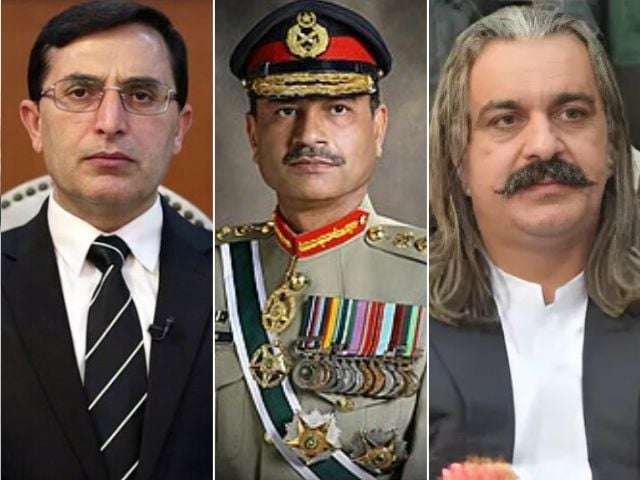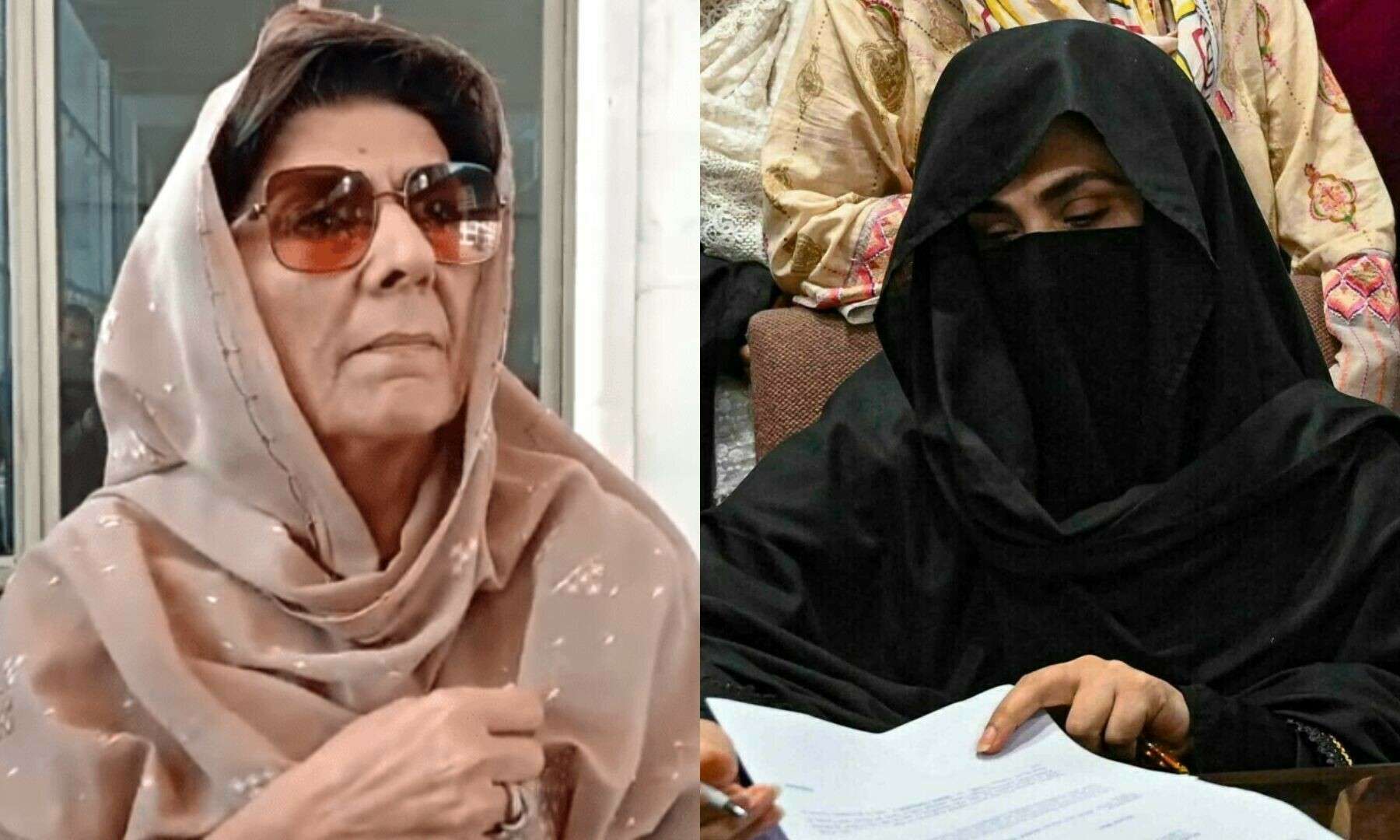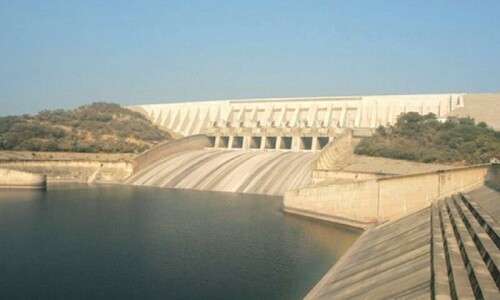H1: Clarification on PTI Protest in Islamabad
On November 24, Pakistan Tehreek-e-Insaf (PTI) organized a protest march in Islamabad, which quickly escalated into violent confrontations between the protesters and law enforcement agencies (LEAs). The Ministry of Interior has issued a detailed statement to address claims that live ammunition was used against the protesters, refuting these allegations and clarifying the events surrounding the protest. This article delves into the ministry’s statement, outlining key points and addressing the aftermath of the violence that occurred during the march.
H2: Key Details of the PTI Protest March
The PTI protest, organized under the leadership of party leaders, attracted a large number of participants, including hardline miscreants and illegal Afghan nationals. According to the Ministry of Interior, around 1,500 individuals, trained in militant tactics, were involved in the violence that erupted. The protest started peacefully, but tensions escalated as the demonstrators breached security barriers and attempted to enter Islamabad’s Red Zone, a high-security area home to important government buildings and foreign embassies.
The Ministry of Interior claims that the protest was not a spontaneous act of civil disobedience but was orchestrated with the backing of the provincial government of Khyber Pakhtunkhwa (KP). The protesters were allegedly provided with resources, including vehicles and tools, to facilitate their violent march toward the Red Zone.
H3: Allegations of Violence and Militancy
The ministry’s statement focuses on the violent tactics employed by the protesters, particularly by a “vanguard group” led by Murad Saeed, a fugitive PTI leader. The group reportedly used militant methods to attack LEA personnel, including the use of steel sling shots, stun grenades, and other weapons. Despite sustaining serious injuries, the LEAs are said to have shown great restraint during the clashes.
The report also highlights the involvement of foreign nationals in the protest, with more than three dozen individuals reportedly being paid to join the violent group. The use of government machinery, including vehicles and equipment from the KP government, is said to have played a crucial role in allowing the second wave of vehicles and protesters to break through security lines.
H2: Fake Propaganda and Social Media Manipulation
Following the protest, PTI leaders and their supporters resorted to social media to spread claims of deaths and serious injuries inflicted by law enforcement. The Ministry of Interior has strongly refuted these claims, asserting that no deaths were caused by LEAs and that reports of gunshot wounds were fabricated. The ministry claims that the social media campaign was a coordinated effort to shift blame and divert attention from the violent actions of the protesters.
Moreover, the ministry states that foreign media outlets also fell victim to the propaganda, publishing reports based on false information without any credible evidence. The government maintains that the use of lethal force by LEAs, if required, would have been more appropriate during the earlier stages of the protest rather than within the highly publicized Red Zone.
H3: Deaths and Injuries Among Law Enforcement Personnel
The protest led to significant casualties among law enforcement personnel. The Ministry of Interior reports that three Rangers soldiers were martyred and five others critically injured when a vehicle ran over them at a checkpost in Islamabad. Additionally, one police officer lost his life, and 232 others sustained injuries while trying to control the violent crowd.
The statement also mentions the destruction of police vehicles, including prison vans, as protesters set them on fire during the chaos. The violence resulted in property damage and an atmosphere of terror within the capital.
H2: Role of Pakistan Army in Containing the Situation
To ensure the security of vital government institutions and foreign diplomats, the Pakistan Army was deployed under Article 245 of the Constitution. The army’s role was limited to protecting the Red Zone and preventing the escalation of violence within this highly sensitive area. While there was no direct engagement between the Pakistan Army and the protesters, their presence was crucial in securing the capital during the protests.
H3: Financial and Economic Impact of the Protest
The Ministry of Interior estimates that the violence and disruptions caused by the PTI protest led to significant economic losses. The protests resulted in damages to government property, vehicles, and infrastructure, amounting to hundreds of millions of rupees. Moreover, the indirect losses to the economy due to the violence are estimated to be Rs 192 billion per day.
The financial burden on the government is exacerbated by the increased security measures and the ongoing efforts to restore order in the capital.
H2: PTI’s Claims and the Response from Government Officials
PTI leaders, including those from Khyber Pakhtunkhwa, have been accused of making inflammatory statements against the government and its institutions. The Ministry of Interior criticized these statements, calling them baseless and intended to distort the truth. PTI’s social media and political leadership have been accused of using their platform to spread false narratives and mislead the public regarding the events.
In contrast, government officials, including ministers and senior police officers involved in the riot control efforts, have repeatedly clarified the situation and provided credible evidence to counter PTI’s claims. The ministry asserts that the law enforcement agencies showed considerable restraint and professionalism in handling the situation, despite the violent nature of the protest.
H3: Public Sentiment and Nationwide Rejection of Violence
The Ministry of Interior emphasized that the people of Pakistan, including the residents of Khyber Pakhtunkhwa, reject the violent and extremist approach to politics. The statement affirms that the nation stands united in its commitment to peace, stability, and the rule of law. The public is said to overwhelmingly oppose the violent tactics used during the PTI protest and to support efforts to ensure the safety and security of citizens.
H2: Conclusion: A Call for Peace and Stability
In conclusion, the Ministry of Interior’s statement seeks to clarify the events surrounding the November 24 PTI protest, countering allegations of live ammunition use and emphasizing the restraint shown by law enforcement agencies. While the protests led to significant violence and disruption, the government remains firm in its commitment to ensuring law and order in the country.
The statement also serves as a reminder of the importance of peace and stability in Pakistan, urging all political parties to refrain from violence and to work toward constructive dialogue for the betterment of the nation.
FAQs:
- Did the PTI protest result in any fatalities?
- No, the Ministry of Interior has clarified that there were no deaths caused by law enforcement agencies during the protest. Claims of gunshot casualties have been refuted as part of a coordinated misinformation campaign.
- What role did Murad Saeed play in the protest?
- Murad Saeed, a fugitive PTI leader, was reportedly the head of a group of around 1,500 hardline protesters who employed militant tactics during the march toward Islamabad’s Red Zone.
- How did the government respond to the PTI protest?
- The government deployed law enforcement agencies and, later, the Pakistan Army to secure vital government installations and prevent the escalation of violence. Despite facing violent attacks, the LEAs showed restraint.
- What were the financial consequences of the protest?
- The protest resulted in significant material damage, including the destruction of police vehicles and infrastructure, leading to an estimated Rs 192 billion in indirect economic losses.
- How did the foreign media report the protest?
- Certain foreign media outlets were accused of spreading fake news regarding the protest, relying on unverified claims and propaganda from PTI and its supporters



